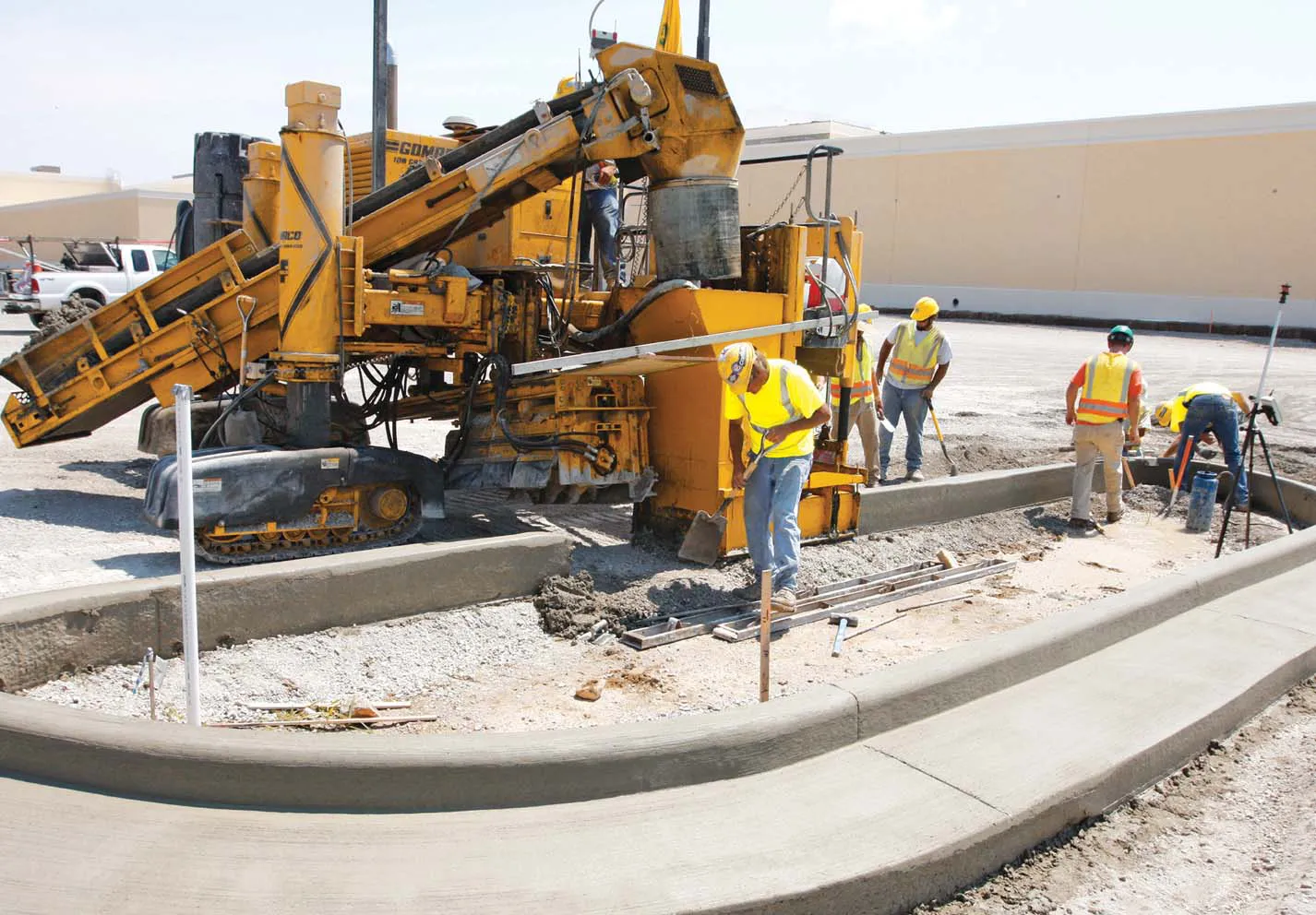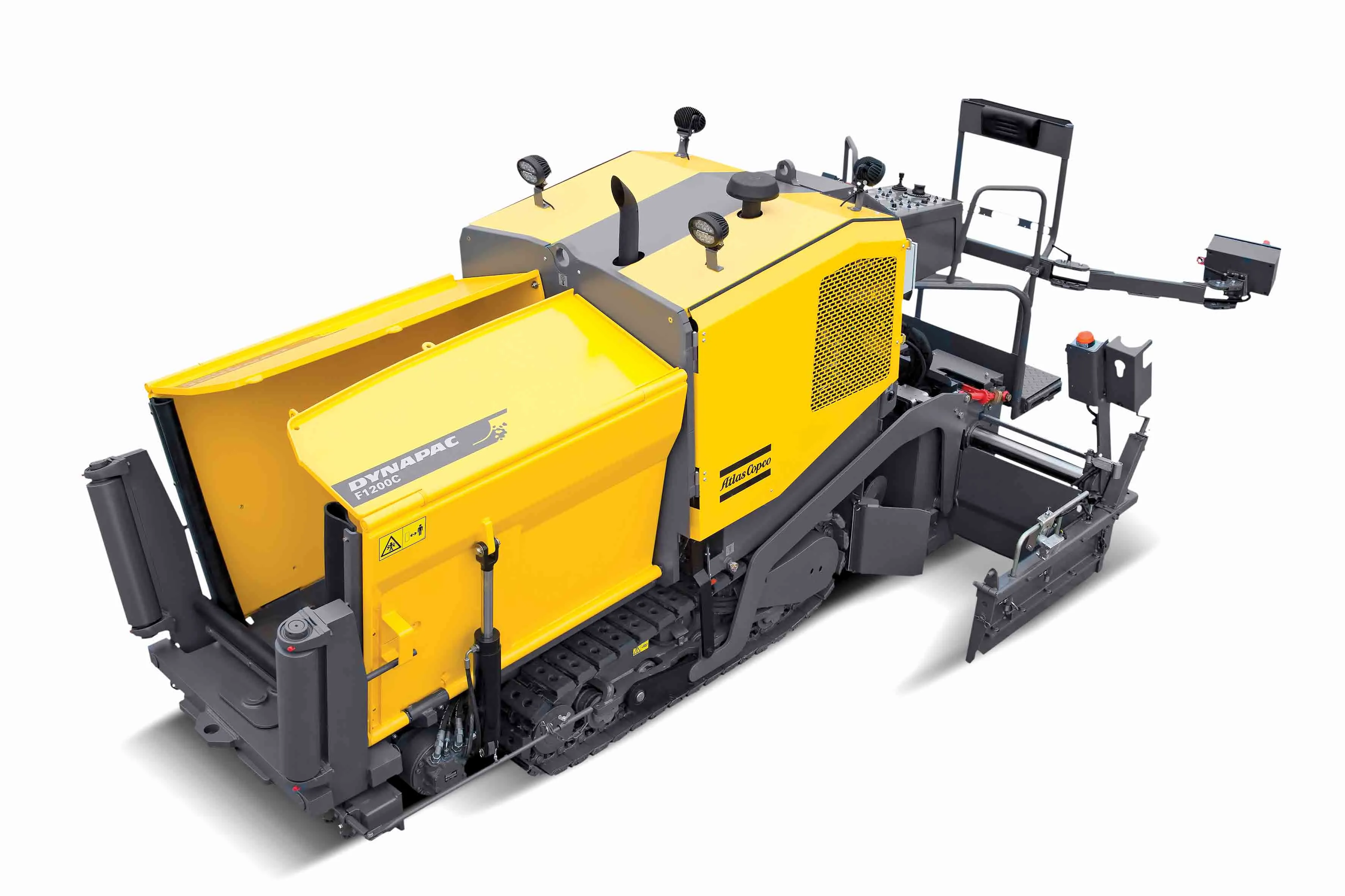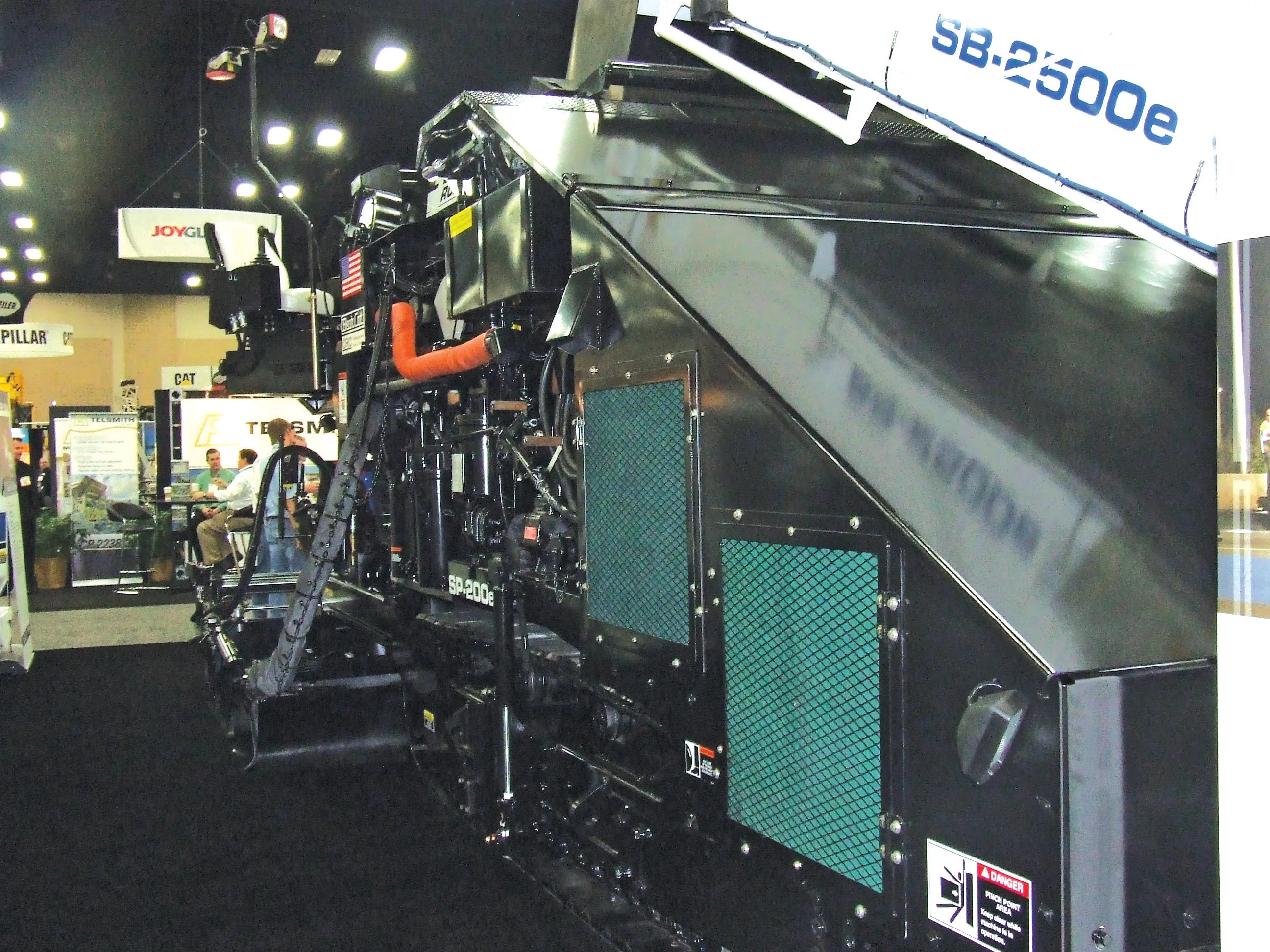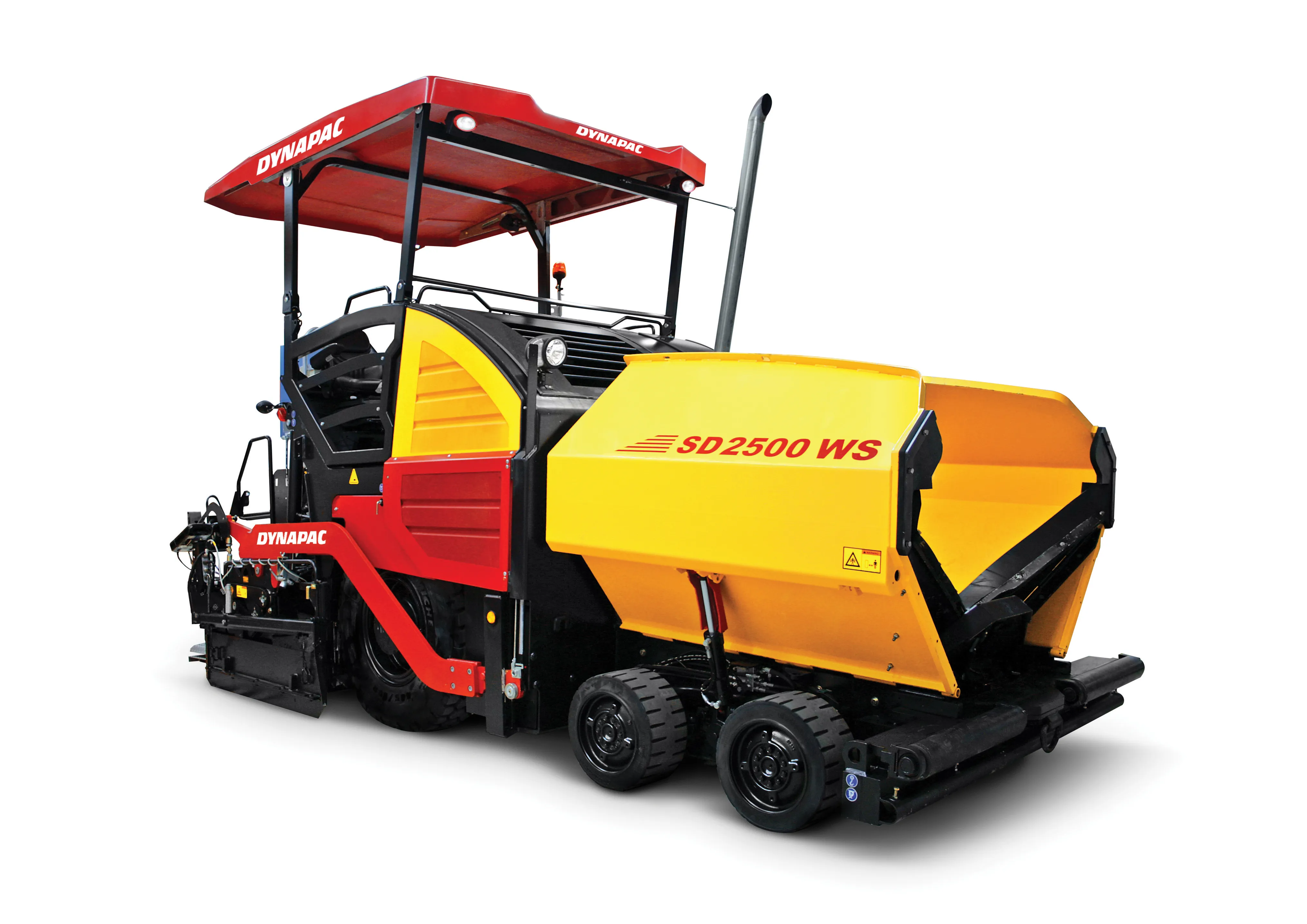Using the latest paving technology has allowed contractors to carry out difficult projects
Contractors in Germany and Italy have been able to carry out very difficult asphalt paving applications, using the latest machines from Vögele and Volvo Construction Equipment respectively. In both instances these projects benefited greatly from the use of the latest generation equipment and it is debatable as to whether such high quality results could have been achieved with older machines.
February 9, 2012
Read time: 5 mins
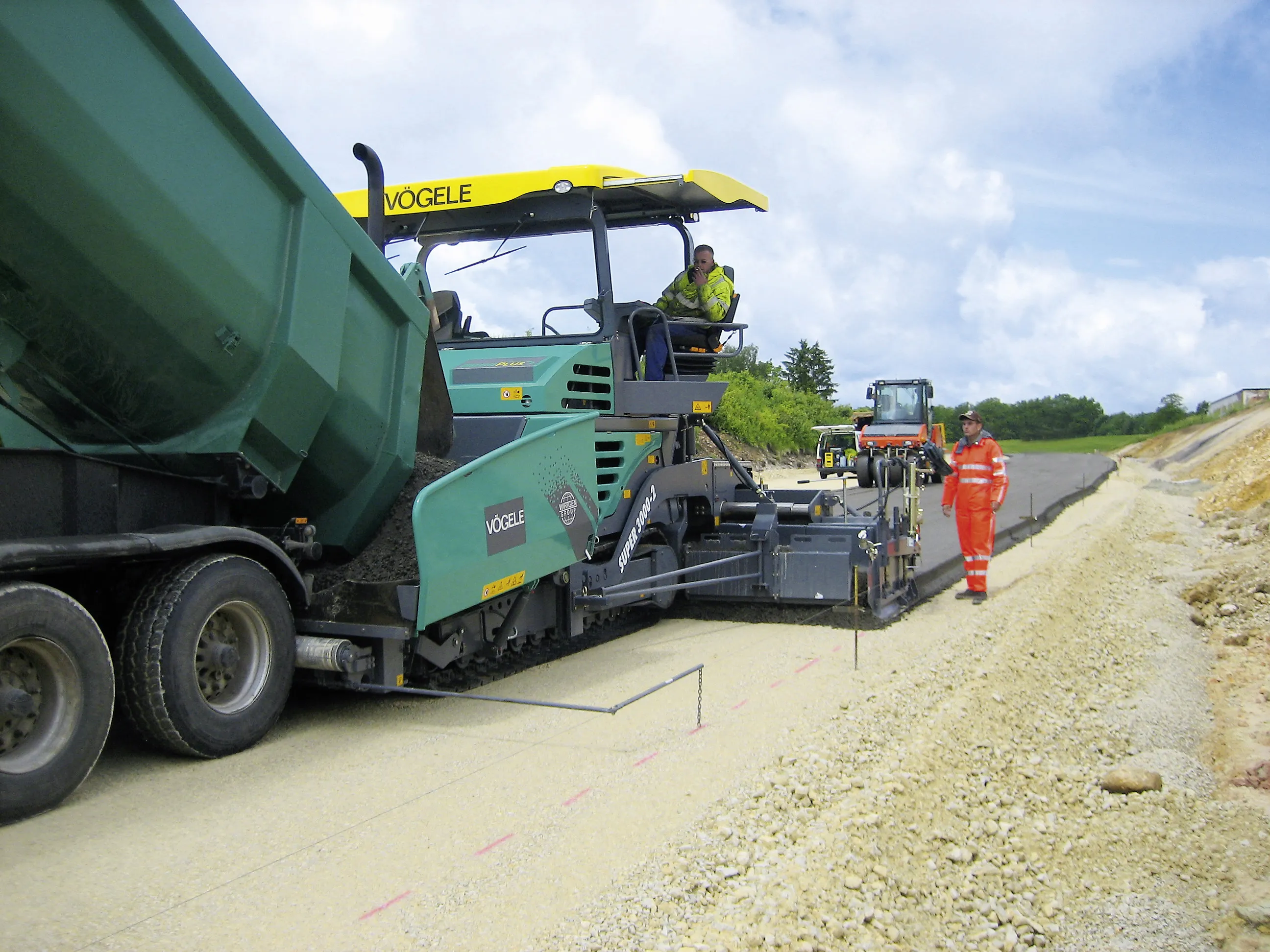
Using the latest paving technology has allowed contractors to carry out difficult projects
Contractors in Germany and Italy have been able to carry out very difficult asphalt paving applications, using the latest machines from Vogele andA major highway rebuilding project has been carried out in Germany using Vögele's recently introduced Super 3000-2 paver. The B85 federal highway was expanded to three lanes close to Amberg and Sulzbach-Rosenberg in Bavaria and German contractor
The work was needed as passenger vehicle and goods traffic in the border region between Bavaria and the Czech Republic rose dramatically in the wake of the eastern expansion of the EU. This increased traffic on the B85 federal highway in the region of Oberpfalz, particularly between Amberg and Sulzbach-Rosenberg. On average, 10,000 vehicles/day use this stretch and this can reach peaks of 13,000 vehicles/day. The 6.2km stretch has been widened since 2001 from two lanes to three lanes in five construction phases. The contract for placing the asphalt layers on section 5, 1.7km long, was awarded to Ammerthal-based Englhard and also involved placing water-bound base on a 1.1km stretch.
The machine's large material hopper with its capacity of 17.5tonnes was put to good use, allowing the contractor to place high-quality asphalt paving without having to stop, in spite of difficult logistics. Once the earth moving work had been completed in June 2010, the paving team's first job involved placing water-bound base, 170mm thick. For this task, the heavy-duty paver was combined with an AB600-2 extending screed in TP1 version and operated in varying widths up to 7.5m. The Englhard team also equipped the paver with a heavy-duty kit, including reinforced guards for the conveyor tunnel and the chassis, as well as modified auger blades, to withstand high abrasive wear. The height of the augers can be adjusted by up to 200mm and helped ensure that a sufficient head of mix was always available in front of the screed when paving thick layers.
This section of the B85 crosses two bridges that had already been widened and the Super 3000-2 was used in echelon with a Super 1800-2. The two machines completed the 85mm thick layer quickly and the larger machine then paved the wearing course by itself, this time using an SB300-2 TV fixed-width screed. The machine placed almost 1,300tonnes of stone mastic asphalt for a 35mm layer and with the width varying from 11.5-12.8m, a high quality wearing course was laid without joints.Meanwhile paving machines from Volvo Construction Equipment have carried out a tricky repaving job at the
The facility features 65km of road in all and plays an important role for the Fiat Group and each year about 20,000 vehicles including new cars, prototypes and racing cars, are put through their paces on the various test tracks.
One circuit has recently been re-paved, the 7.8km high speed track, with three driving lanes, each 4m wide, plus an emergency lane which is 2.5m wide. Parts of the circuit are modelled on some of the world's most famous racing tracks and the slope of curves range from 2% - 27% while vehicle speeds can reach up to 280km/h.
The new Road Machinery Division of Volvo Construction Equipment, and
The new surface, separated from the base by a SAMI waterproof membrane and made using modified bitumen emulsion, consists of a binder and a wear course. This was made using a special, high performance bitumen for racing circuits provided by
In order to make the joints invisible, two Volvo ABG8820 tracked pavers with modified screeds worked in echelon and were supported by a wheeled paver, a Volvo ABG6870, to lay the mixture. The screed, fitted to the two pavers, was produced according to specifications provided by Arletti and Volvo Construction Equipment Italia. The main technical problem was to shape the convex curves of the race track when the path straightens. Because of the characteristics of this circuit, the team had to repeat this operation six times with three different modalities and two different radii at the entrance and at the exit of the curve.


